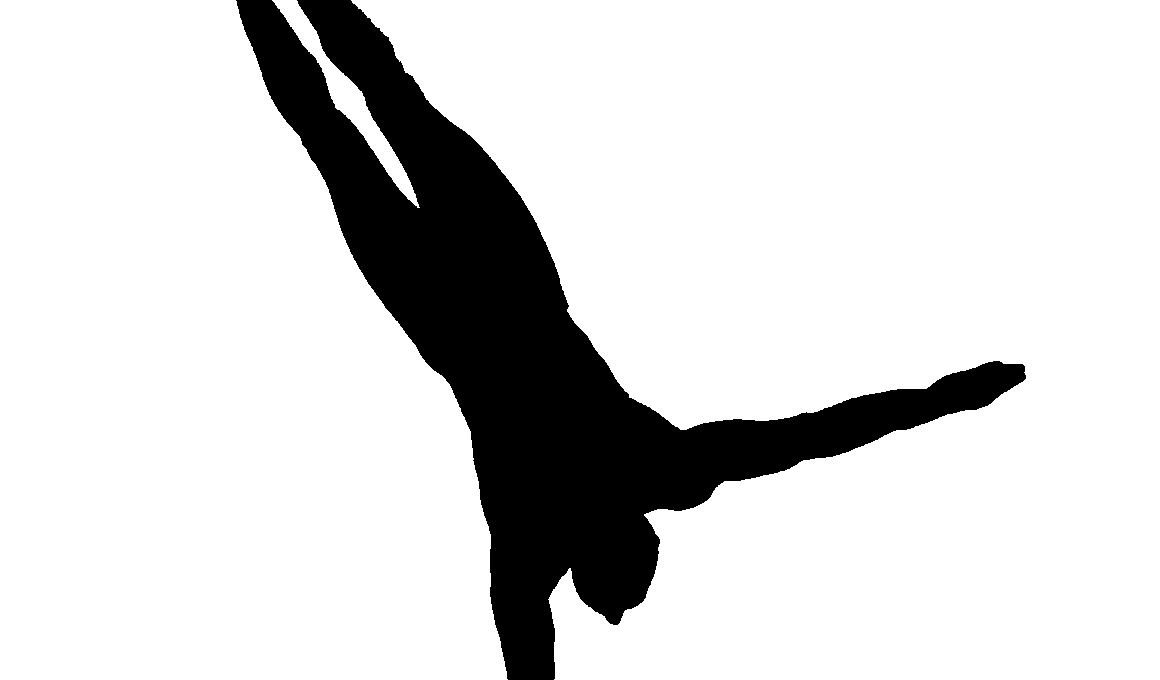Progressions for Achieving a Perfect Handstand
A handstand is not just an impressive display of strength but also a testament to your dedication and practice in calisthenics. To achieve a perfect handstand, it’s imperative to follow a structured progression that develops necessary skills and strength. Firstly, establishing a solid foundation is vital; this includes working on wrist mobility, shoulder strength, and core stability. These elements are essential because they provide the stability needed to balance while inverted. Begin with wall-supported handstands to familiarize yourself with the upside-down position while progressing to freestanding holds. Each step helps build confidence and body awareness. Incorporating exercises like pike push-ups and hollow body holds helps enhance the strength in muscles utilized during the handstand. Remember the importance of consistent practice; dedicating 15 to 20 minutes each workout session allows gradual improvement. Visualizing each step can significantly boost motivation, so try recording your progress and noting the milestones achieved. Lastly, don’t forget the importance of recovery; giving your muscles the time they need to heal and adapt is essential for making substantial progress. Stay focused, be patient, and get ready to reach new heights.
Key Exercises for Handstand Preparation
Understanding the key exercises that prepare your body for handstand training is crucial for success. Start with wrist mobility exercises, as the wrist plays a significant role in bearing body weight while upside down. Gradually increase wrist flexibility and strength through stretches and controlled movements. Once your wrists are conditioned, focus on shoulder strength by incorporating exercises like overhead presses and dumbbell shoulder raises. These build the strength needed to stabilize your body in the vertical position. Additionally, core stability is essential; integrate planks and hollow body rocks into your routine to enhance your core strength, critical for maintaining balance. As you progress, implement wall handstands and kick-ups using a wall. This ensures safety while you learn to balance your body weight. Once comfortable, experiment with freestanding handstand attempts, using a spotter if necessary. Remember that the road to achieving a perfect handstand includes ups and downs; persistence is key. Giving yourself time to master each step without rushing will lead to more sustainable results. Track your weekly progress to stay motivated and adjust your regimen based on personal limits.
During your handstand training journey, understanding the significance of proper body alignment cannot be overstated. Correct alignment directly influences your ability to maintain balance and control in the handstand. Focus on key aspects: keeping your body straight from head to toe and engaging your core throughout the hold. Additionally, ensure your arms are locked out, with shoulders pressed towards the ears rather than hunched. To check your alignment, practice handstands against a wall, slowly moving away as you grow more confident. The wall serves as a reliable guide to help you identify any misalignments. Your head, back, and heels should ideally form a straight line, allowing gravity to help maintain your balance. Moreover, practice squeezing your glutes as you elevate; this tightens your entire body and provides extra stability. Always remember, it isn’t just how long you hold a handstand that matters but how effectively you can control your form. Considering videos or photos of your practice may offer clarity, revealing aspects of alignment that need attention beyond what you can see while training.
The Mental Aspect of Handstands
The mental aspect of training for a perfect handstand is as important as the physical. Cultivating a positive mindset can significantly influence your progress. Visualization techniques can greatly enhance your training; spending a few moments each session visualizing yourself achieving the handstand can make a profound difference. Mentally walking through each movement before attempting can lead to better physical performance. Besides visualization, take the time to set achievable short-term goals; this maintains motivation and provides regular satisfaction from your training routine. Reflecting on small victories makes the process enjoyable and keeps doubts at bay. It’s also crucial to practice mindfulness while training. Focus on your breathing and the sensations in your body as you balance. If fear arises during freestanding attempts, embrace it and acknowledge that it’s a part of the learning process. Handling anxiety and overcoming mental blocks can substantially affect your success, so consider incorporating relaxation techniques alongside your physical training. Keep a positive mantra that resonates with you, reminding yourself that patience and persistence are central to overcoming challenges.
The role of feedback during handstand training should never be overlooked. Receiving constructive criticism can help identify areas needing improvement, such as alignment, strength, or balance. Recording your training sessions allows you to review your performance critically. Watching yourself can reveal insights difficult to notice while in practice. Engaging a coach or a more advanced practitioner provides a knowledgeable perspective, ensuring that you are on the right path. They can offer tips on technique adjustments that can yield significant progress. Additionally, joining a training group can foster a supportive environment where ideas, experiences, and tips can be exchanged. Learning from others provides new perspectives and may introduce effective techniques you hadn’t considered before. Creating a community significantly increases motivation, as training together can lead to improvement and fun. Follow along with reputable online resources where experts share their insights and skills related to handstand progressions. Adapting your training based on received feedback allows you to fine-tune your approach continually. This adaptive practice will help ensure you are always moving in the right direction toward achieving the perfect handstand.
Common Mistakes to Avoid
Having insight into common mistakes during handstand training can expedite your progress significantly. The first mistake many beginners encounter is neglecting wrist and shoulder warm-ups. Failing to prepare these areas can lead not only to discomfort but also potential injuries. Another prevalent issue is improper body alignment; many tend to arch their backs, creating unnecessary tension and instability. Ensuring a straight line from head to heels should always be emphasized. Moreover, rushing the process is quite detrimental. Attempting to hold a freestanding handstand before mastering the wall supports limits your potential for successful progression. Patience is a virtue, especially in calisthenics, where mastery takes consistent effort. Additionally, neglecting the integration of core exercises deprives your stability base; this can severely affect your performance. Focus on controlled movements rather than attempting long holds right away. Allow yourself to set realistic goals that map out where to improve, changing them as you progress. Emphasizing a mindful approach during practice ensures you remain aware and prevent injury. Learning from mistakes fosters a better understanding of the process, ultimately leading to a perfect handstand.
Finally, celebrating landmarks and progress during your handstand training is incredibly important. Each achievement, no matter how small, is a step closer to mastering your perfect handstand. Whether it’s holding a wall-supported handstand for longer or successfully kicking up to balance, acknowledging these victories helps foster a positive mindset. Keeping a training diary where you meticulously document your improvements may aid in tracking your journey. This documentation allows you to reflect on your hard work during challenging times. On days when progress appears stagnant, looking back through your records can provide motivation and encourage you to push past hurdles. Alongside this, sharing your journey on social media or within your training community offers accountability and encouragement from others. They can celebrate your successes with you and provide support during tough moments. Setting milestones helps maintain motivation; these can be weekly or monthly goals that reflect your journey’s progress. Remember, every effort put into training brings you that much closer to your ultimate goal: achieving the perfect handstand. Enjoy the process and embrace the journey towards perfecting your skill.
Achieving a perfect handstand is a masterful blend of technique, strength, and patience. Each individual must recognize their unique path and progress at their own pace. Importantly, the journey is not simply marked by the end goal but also by the experiences and discipline gained through training. Take the time to enjoy the process, appreciate small victories, and maintain a commitment to continuous improvement.


